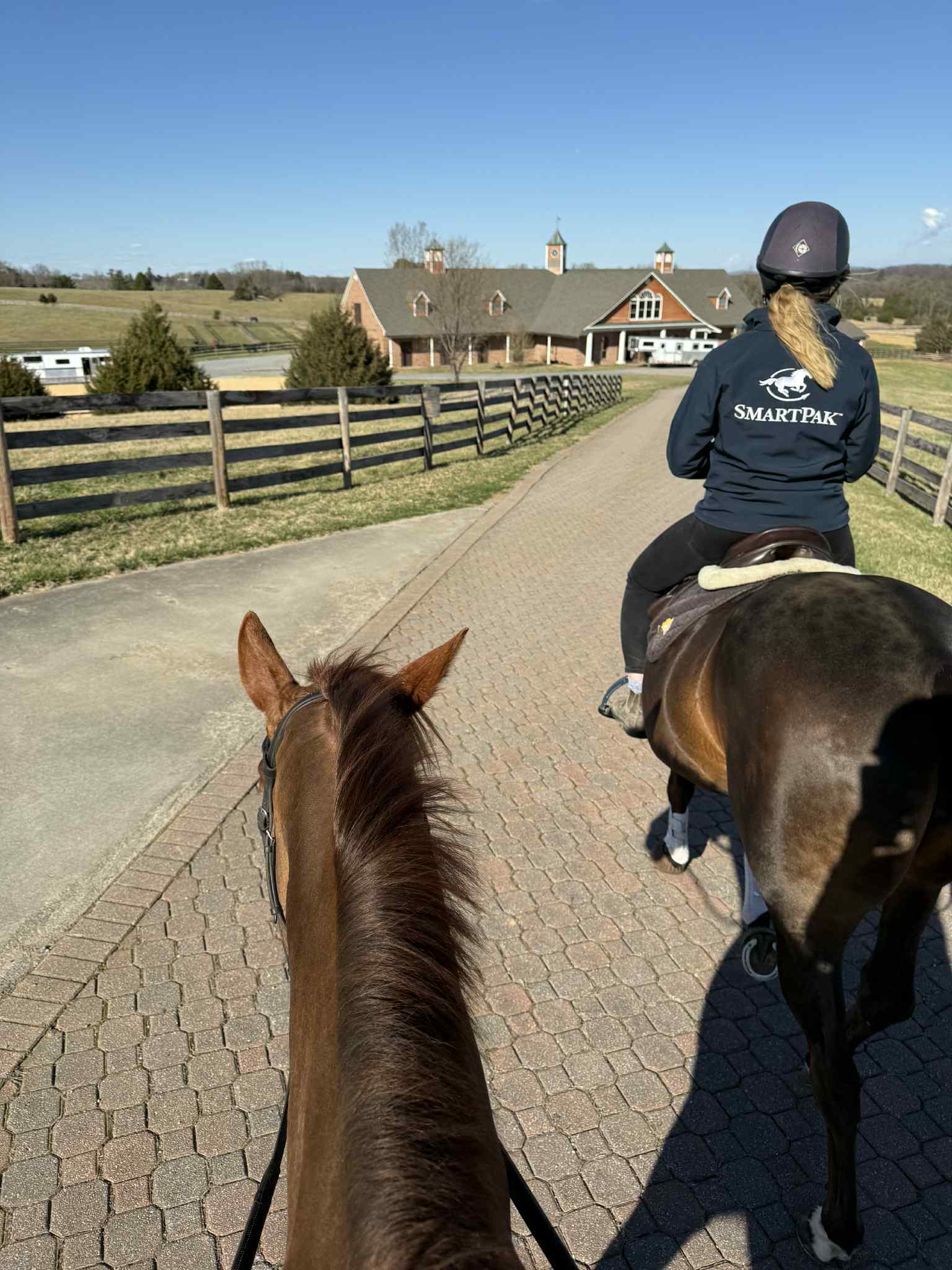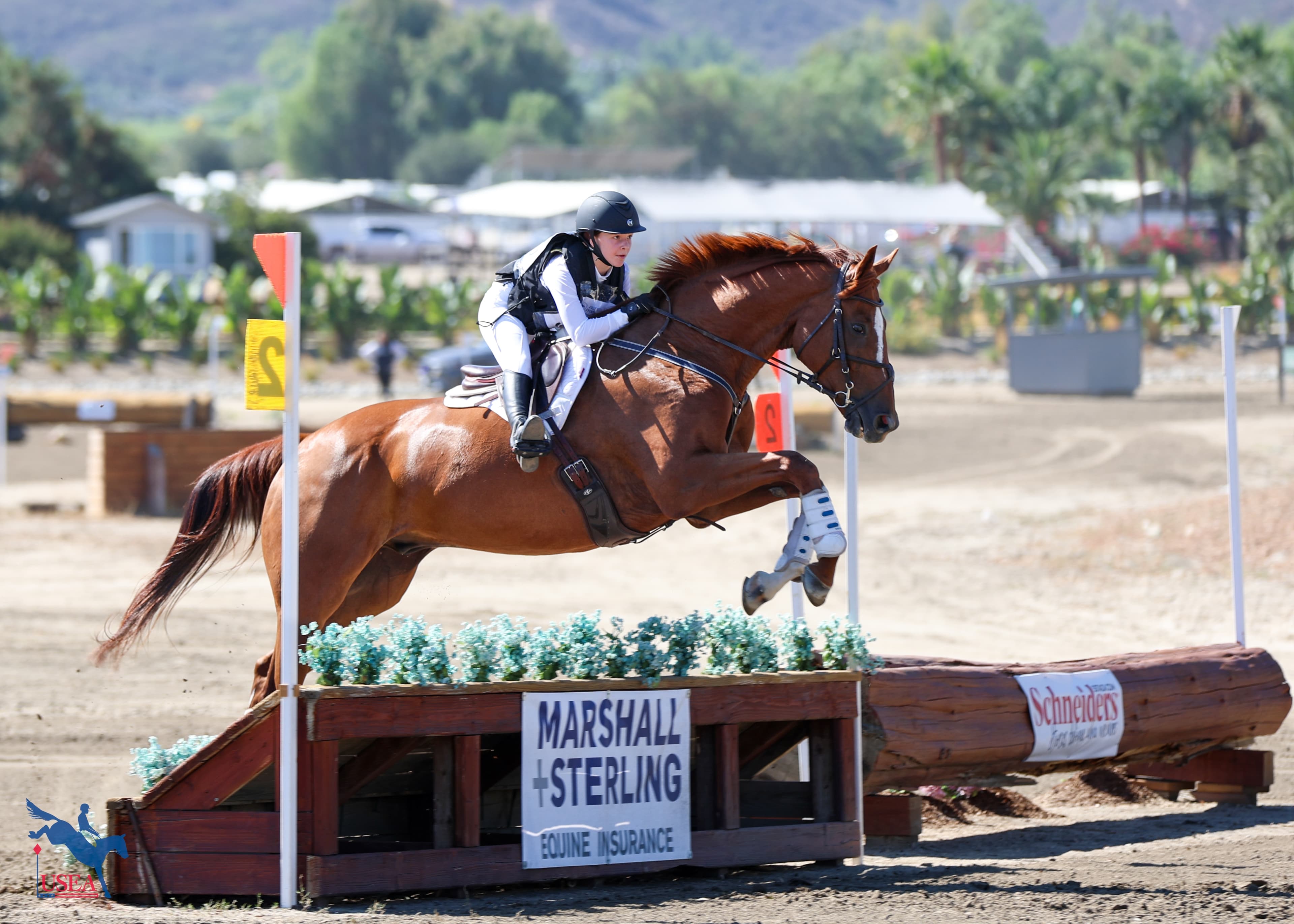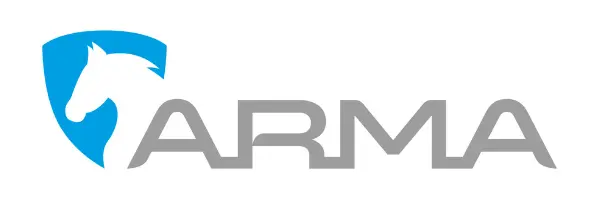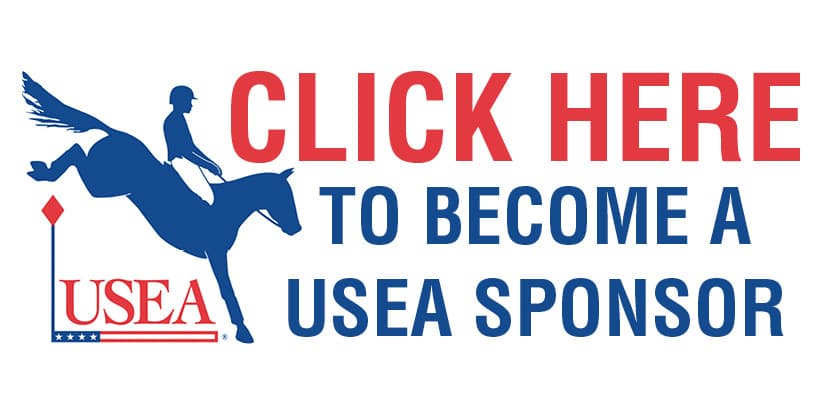An Unlikely Path: Alex Carbonaro’s Gamble That Paid Off

In March 2024, after more than 15 years without a horse of her own and after decades in the hunter/jumper world, Alex Carbonaro purchased a young Thoroughbred mare named Mystic Radar (“Rayna”). The then 6-year-old mare was by the well-known eventing sire Mystic Replica, had been lightly started, and even served as a surrogate for Boyd Martin’s five-star champion On Cue before Carbonaro brought her home. Within months, though, troubling behaviors emerged—bucking, herd-bound anxiety, and resistance under saddle. Carbonaro found out early on in their partnership that the mare had kissing spine, and soon the condition began to present more clearly.
“I was terrified of riding my own horse,” Carbonaro said. “I thought every day I swung a leg over might be the day she finally got me off.”
By the fall, Carbonaro had also parted ways with her corporate job, leaving her at a crossroads. Instead of giving up, she made an unusual choice for someone in her 30s with a husband and a new farm. She packed up Rayna, kissed her husband, Scott Hartter, goodbye, and signed on as a working student for five-star rider Allison Springer. For five months, Carbonaro lived like a college student again—long days in the barn, lessons, chores, peanut-butter dinners—while Scott held down the fort at their Honeoye Falls, New York, home. “It wasn’t the typical working-student setup,” she said, “but I felt like I owed it to my horse to try everything.”
When she and Rayna arrived at Springer’s Virginia base in January, and soon after traveled with her to Aiken, South Carolina, the problems became clear right away. “We were going for a hack the first day, and Alex asked if she could bring Rayna,” Springer said. “Absolutely, I said. And then the mare launched and bucked her off. I thought, holy cow—what was that?”
Over dinner that night, Carbonaro pulled out her phone and showed Springer clips of the bucking she had been battling for months. Watching the videos, Springer immediately asked if Rayna had kissing spine. Carbonaro confirmed the diagnosis but admitted the mare hadn’t responded to a variety of treatments after working with several veterinarians, massage therapists, and saddle fitters. Ultimately, she knew she wasn’t getting the answers she needed, but hoped she could get better treatment options in the seasonal eventing community in Aiken. Springer agreed, “We had to address comfort first.”

Kissing spine occurs when the bony projections along the horse’s vertebrae—called dorsal spinous processes—sit too close together and rub against each other. The condition can cause pain, tension, and defensive behavior under saddle, though its severity is notoriously inconsistent. “You’ll see horses with only mild changes on X-ray that can’t jump a crossrail, and others with awful-looking films who go around five-star courses symptom-free,” Carbonaro said. “Rayna’s case was pretty advanced, but once we treated her with injections she became much more comfortable and rideable.”
Springer noted, however, that not all of Rayna’s struggles were physical—some habits had become behavioral and needed to be retrained alongside the medical treatment. Her herd-bound behavior and anxiety, for example, were issues that had to be addressed through training.
Once Rayna’s pain was managed, Springer had Carbonaro take a step back from riding and start again from the ground up. “We began with the simplest exercises,” Springer said. “Backing up from light cues, yielding the hindquarters, staying focused while tacked, moving on a long line over poles and little logs.”
“It was humbling,” Carbonaro said. “But the groundwork gave me a language with her I didn’t have before. I’m a hunter/jumper kid—I’ve always relied on equitation and feel—but this was different. It taught me how horses learn and how to release pressure at the right moment.”
Springer said the goal was consistency. “You don’t build confidence by surviving a ride,” she said. “You build it by having clear communication. Groundwork lets people see and feel what’s happening without the stress of being in the tack, then you connect those dots when you ride.”
As Rayna’s comfort improved and the groundwork took hold, Carbonaro climbed back on. “Open fields made her nervous, and being alone isn’t her favorite,” Carbonaro said of the mare. “Allison taught me to redirect her energy and put her focus back on me. After a while, the meltdowns just…stopped.”
Progress wasn’t linear. “Every day that winter Alex asked if she should sell the horse,” Springer said. “I told her, you can’t sell a horse like this; we have to train through it, and see what’s there. She’s a very nice mare. The question is whether the juice is worth the squeeze.”

By spring, the squeeze started paying out. “We took Rayna to a schooling show, and then an event,” Carbonaro said. “We finished on our dressage score and were second. Coming out of the ring, Allison said, ‘So, are you going to sell her or keep her?’ I said, ‘I’m going to keep her.’ That was the moment.”
While Rayna was still getting back on track in Aiken, Springer let Carbonaro compete Dazzling Nocturne (Landgate Bluebeard x Old Carolina Bitsy), a 10-year-old Connemara mare owned by Springer's longtime supporter Nancy Winter. “She jumped anything and gave me my groove back,” Carbonaro said of the pony. “Now I totally get the Connemara obsession.”
Later that spring, Rayna and Carbonaro built mileage, qualifying for the Area I Championships at the Genesee Valley Riding & Driving Club Horse Trials (Geneseo, New York) and finishing reserve champion in their Beginner Novice division. “It felt like everything we did all winter finally clicked,” Carbonaro said. “I was proud to ride her.”
At most barns, working students are teenagers or college kids. Carbonaro was neither. “I’m married, in my 30s, with a four-stall barn at home,” she said. “But Allison made me feel like part of the family.”
Springer agreed. “She worked hard, she learned, and she left with tools she can use at home.”
Carbonaro also credits a small village that helped her find Springer. “I also train with Carol Kozlowski up here, and she was honest with me from the start,” Carbonaro said. “She suggested a schoolmaster, but understood why I wanted to bring along a young horse. Carol agreed with the idea to try a working student position when my company and I had parted ways. Booli Selmayr connected me to Allison. I’d reached out to Tik and Sinead Maynard too—I’ve done their clinics for the last couple of years—and while timing didn’t work then, their groundwork approach stuck with me.”
Back home in New York, Carbonaro now balances a new remote job with running her farm and keeping Rayna going. “I still do groundwork, especially when we ship into a new place,” she said. “Allison does that with her horses—straight to the ring with a rope halter and some poles, to get them focused and connecting with you first. I’ll never not do that with a new horse.”
Her immediate plan is to keep building confidence and fitness with an eye toward moving up to Novice next season. “I’d love to try Training someday, but Rayna gets a vote,” Carbonaro said. “On cross-country, downhill jumps and banks can be hard on her back, so I’m listening to her. She tells me when she’s uncomfortable now—little spooks, tension—that’s my cue to reassess, schedule injections, or change the plan.”
There’s joy in the day-to-day again. “She’ll follow me around the pasture with just the lead rope over her neck,” Carbonaro said. “She’s the sweetest horse.”
For Springer, the real win is seeing the independence Carbonaro gained. “What mattered most to me was seeing Alex get to a place where she could problem-solve on her own,” Springer said. “Whoever’s sitting on a horse is that horse’s trainer, and I want my students to feel confident making good decisions without me standing next to them. My goal is to teach riders how horses think and how they learn. Alex can now think through problems on her own and keep making good choices for her mare.”
Carbonaro said the detour changed everything. “If I hadn’t parted ways with my job, I never would’ve taken this leap,” she said. “If Rayna hadn’t been such a challenge, I wouldn’t have met Allison. It was the hardest year of my life, but it gave me my horse back.”
She thinks often of a line from “Seabiscuit”: “You don’t throw a whole life away because it’s banged up a little.”
“That’s Rayna,” Carbonaro said. “And honestly, that’s me too.”
Do you or something you know have a horse with a special story? Email Lindsay at [email protected] for a chance to be featured.














